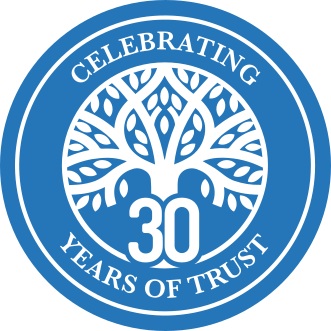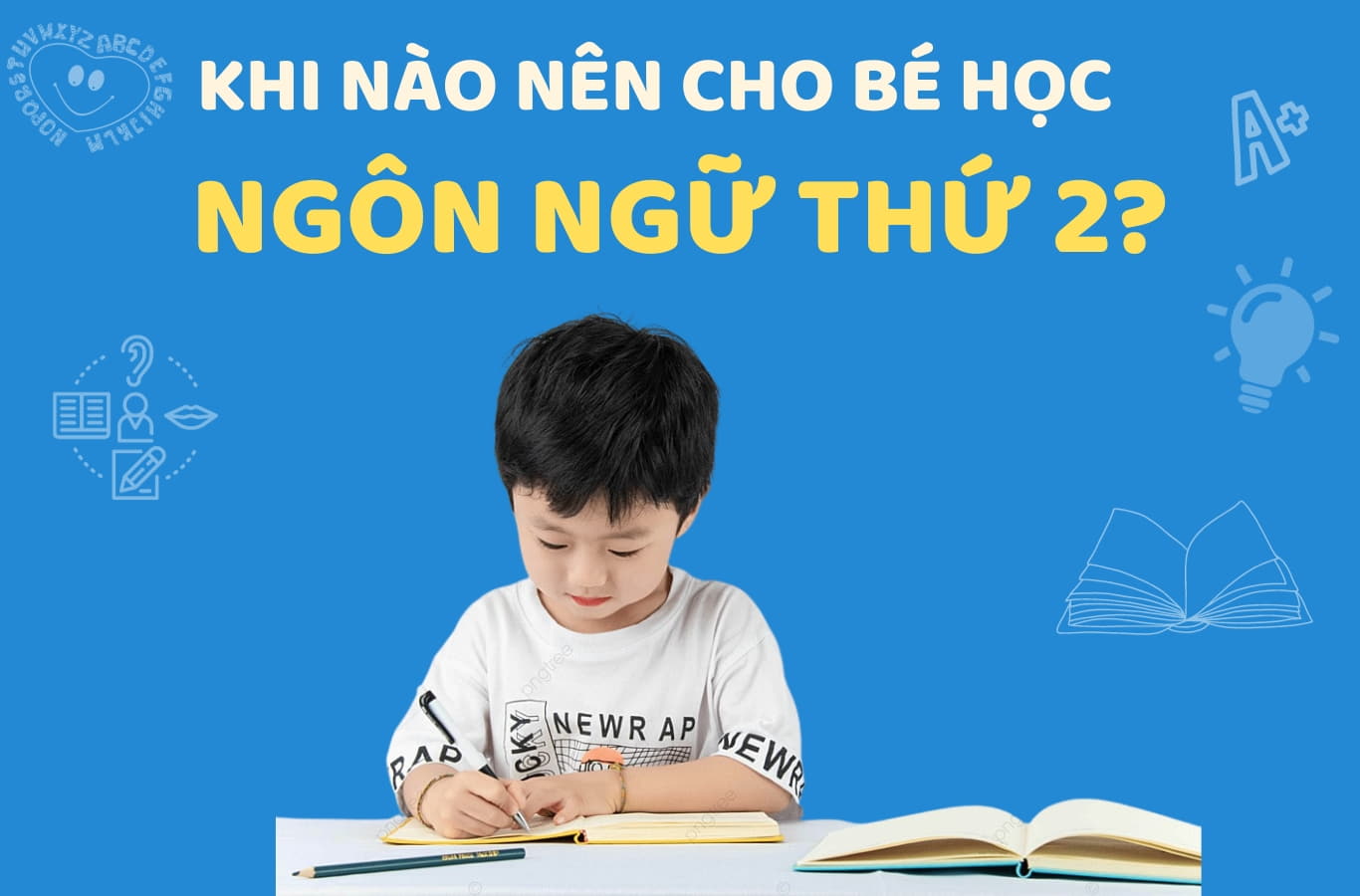03. APPLICATION
CHAPTER 11: IMPLEMENT COACHING
Please try to spend 15 mins brainstorming for yourself, try to answer these questions before reading:
1. Why every child needs a coach?
2. What are some of the coaching methods I can use?
Space for your notes:
.............................................................................................................................................................................................................................................................................................................................…
.............................................................................................................................................................................................................................................................................................................................…
.............................................................................................................................................................................................................................................................................................................................…
.............................................................................................................................................................................................................................................................................................................................…
We all have goals we want to reach, challenges we strive to overcome, and times when we feel stuck, finding and/ or becoming coaches in our lives can help set us on a path to greater personal and professional fulfillment (ICF, n.d.). As defined by the International Coaching Federation (ICF), coaching is partnering with clients in a thought-provoking and creative process that inspires them to maximize their personal and professional potential. According to ICF, the process of coaching often unlocks previously untapped sources of imagination, productivity, and leadership. In this chapter, both the use of “coachee” and “student” are inter- changeable, because I want to point out that we should treat students as coachees.
If both the coach and the coachee commit, coaching can unleash the coachee’s potential, which translates into visible outcomes. The coach’s role is to listen, ask questions, empathize, and inspire. During the sessions, the coach will want to understand the coachee’s values, beliefs, and emotions. Throughout the whole process, the coachee will gain awareness which will lead to transformation (Everett, 2014).
Developing self-awareness is a hard skill in itself. A coach can help a coachee identify their strong skills and identify the ones that need improvement if they are struggling. The coachee needs to be open to constructive criticism and understand the coach is coming from a helpful place.
Any parent or teacher can be a coach and use a few basic techniques to help their students reflect on their life, career priorities, and aspirations. As students get more familiar with the tools and grow, they can also begin engaging in self-coaching.
Priorities and aspirations change over time. Therefore, it is helpful to do the exercises regularly. For example, after every six months or after a significant milestone in the student’s life. As priorities change, it is important to note that all coaching models are for longer terms.
GROW
The first tool is the GROW model, which stands for: Goals, Reality, Options, and Will.
GROW was created by Sir John Whitmore and colleagues in the late 1980s and has since become the world’s most famous coaching model for problem-solving, goal setting, and performance improvement (Performance Consultants, n.d.).
At the start, a person defines their own goals and aspirations they want to achieve in a certain period, their big picture. Then, they must write down their current state related to that goal or aspiration. Next, the person will need to brainstorm all their options to get from reality to the goal. Last, it is vital to formulate an action plan with all the small steps - what the person will do and by when, ideally with measurable targets (Mindtools, n.d.).
To illustrate the GROW model in practice, as an example, I started to learn French when I was in high school and always wanted to immerse myself in the culture further. When I started university, I joined a global student organization called AIESEC (Association Internationale des Étudiants En Sciences Économiques et Commerciales). As a member, I had the chance to attend conferences and meet with various coaches. Around my second year at university, I was introduced to the GROW model. After that, I set the goal to live in France for at least six months by the time I finished my thirties. The reality at my moment was that I only learned French at school, and I knew very little about the culture or cuisine. After having a clear goal and the reality mapped out, I came up with a few options to help reach the goal. I could enroll in a French language center for extra conversational lessons besides those at school. I could also attend a course to drill the test format to obtain a language certificate in French. At school, I could read more books in French about France and watch more movies in French with French sub- titles. I could also travel to France with my family through a travel agency or get into a community of French people in my city, attending all of the cultural events they organize. After listing my options, I chose the ones obtainable within a specified amount of time and budget. Then, I ordered the steps into my timeline and wrote a smaller to-do list for each of them respectively. To make the story short, I accomplished all goals mentioned above and went to France to live and study for almost half a year.
No wonder why GROW is the world’s most famous coaching model. It’s simple to follow, and from my own experience, I can say it works! It is very tailored to the individual, and it works for goals large and small.
THE WHEEL
The wheel, a second life-coaching method, consists of split- ting a circle into around eight even sections, similar to cut- ting a pizza into slices (Elsey, 2022). In life coaching, each section identifies the top eight priorities in a person’s life.
To make the wheel more specific, perhaps a person wants to become better in leadership. Each of the eight parts should then be named according to which skills the person thinks make a great leader. Ranging from communication skills, time management, sales skills, financial literacy, drive, and perseverance, or the ability to skim read.
Each section of the wheel then gets scaled from one to ten. One is at the middle of the wheel and ten at the edge of the wheel. After that, the person reflects and rates themselves in each of the parts. The rating is primarily subjective, although the person can base it on the people they admire, the people possessing a particular skill at a high level that the person wants to reach one day.
Once the wheel is divided and rated, the person can visually observe which skill needs focus for improvement in a time of their choosing. After completing the wheel, the individual can create a digestible and concrete action plan with deadlines and measurable outcomes to improve each slice of the wheel. This exercise can also be repeated when needed or at self-determined intervals to see the progress made and determine if additional steps are needed (Elsey, 2022).
VENN DIAGRAM
The third tool is Venn diagrams with three to four overlapping circles.
One circle includes all passions and interests. The next one includes strengths or things the person does well. The third circle maps out a gap in society or what the society needs and the fourth circle (sometimes included in the third circle) lists out what society is likely to spend money on. After listing all the ideas, an individual can search for the point where all circles meet and focus their time and energy on it (Rinnelt, 2017).
Let’s say a person is interested in helping others. The person likes to share knowledge, talks, and explain themselves well. The person’s strength is public speaking, group dynamics control, and facilitation. In society, the person has found statistics indicating that young people are unsure of their paths after graduating and need more help in their career direction. Then the person hypothesizes that certain people would be willing to pay thousands of US dollars per year for career coaching.
After merging all four circles, the individual could, for example, see that one of their options is to become a personal development coach for people in their twenties. As the following step, the person would have to, again, come up with a more specific action plan of how to become a good coach, such as enrolling in a certification course, producing some free coaching videos, or starting a blog sharing coaching techniques.
COMPASS
COMPASS is a fourth coaching technique, where the coachee can find their life direction.
The etymology of the word compass comes from the Old French compass based on the Latin com - “together” and passus “a step or pace.” This defines the coaching process very well, as the coach and the coachee come together to take steps forward in the direction that the coachee wants to go (Everett, 2014).
Upon first meeting, the following information is collected to align on the path forward for the coachee. To start, the coach needs to understand the “Current situation,” what is happening in the coachee’s life, and why he or she wants to be coached. Then comes the “Objective,” the goal or the desired outcomes from the session or process of life coaching. Third comes the “Motivation,” to understand the reason for the desired outcome and why the coachee wants to reach the particular goal. Next comes “Pace,” where together, the coachee and the coach set a time frame for achieving results. The fol- lowing step is “Action” or an action plan with steps to attain the final outcome (Everett, 2014). From here, the coachee starts on the steps on their own before the next meeting.
After a while, the coach connects with the coachee again to talk about “Stocktake” to review what happened and discuss “Subsequent,” which means next steps. Discussing new learnings from the recent action items will help reveal how to move forward in the goal.
CONNECTING THE DOTS
For any coach, the more they understand the coachee, the better. Therefore, the coach can let the coachee complete some of the personality tests, such as DISC (Dominance-In- fluence-Steadiness-Compliance) or MBTI (Myers-Briggs Type Indicator) test, which tell the coach a bit more about the behavior and character of the coachee. In addition to personality tests, there are also tests to tell us more about the coachee’s leadership style or team role preference, including the well-known Belbin team roles test.
When coaching the coachees, the coach should also let the coachee self-reflect on their ability to deal with CRAP, which stands for criticism, rejections, a**holes, and pressure (St. John, 2005). To track progress or observations, it is usually advised for coachees to keep a particular form of a journal which can be shared in each coaching session.
As parents or teachers, we can also use various techniques to help and direct students to the right path of development. Coaching techniques mentioned in this chapter can be used by anyone, as they are about asking the right questions for the student to think, reflect, and come up with their own answers while positively analyzing their life. The coach needs to understand their audience. A younger student may need more help developing self-awareness, while an older student may need stronger constructive criticism.
Applying these coaching methods can genuinely help students clarify what do they want and how they can keep on track to reach goals. Through the mentioned techniques, finding life missions and attaining goals becomes a tangible project rather than a pipe dream that allows for future exponential growth.
DAVID PHAM


 English
English
 Tiếng Việt
Tiếng Việt



 Trung tâm Anh ngữ Apollo Việt Nam
Trung tâm Anh ngữ Apollo Việt Nam



-miLvgkuA1rT13CGj.jpg)


![350+ TỪ VỰNG TIẾNG ANH CHO BÉ THEO NHỮNG CHỦ ĐỀ QUEN THUỘC NHẤT [KÈM FLASHCARD]](/attachments/2023/12/tu-vung-tieng-anh-cho-be-M4HEgr4fSYlmqYF3.jpg)






































